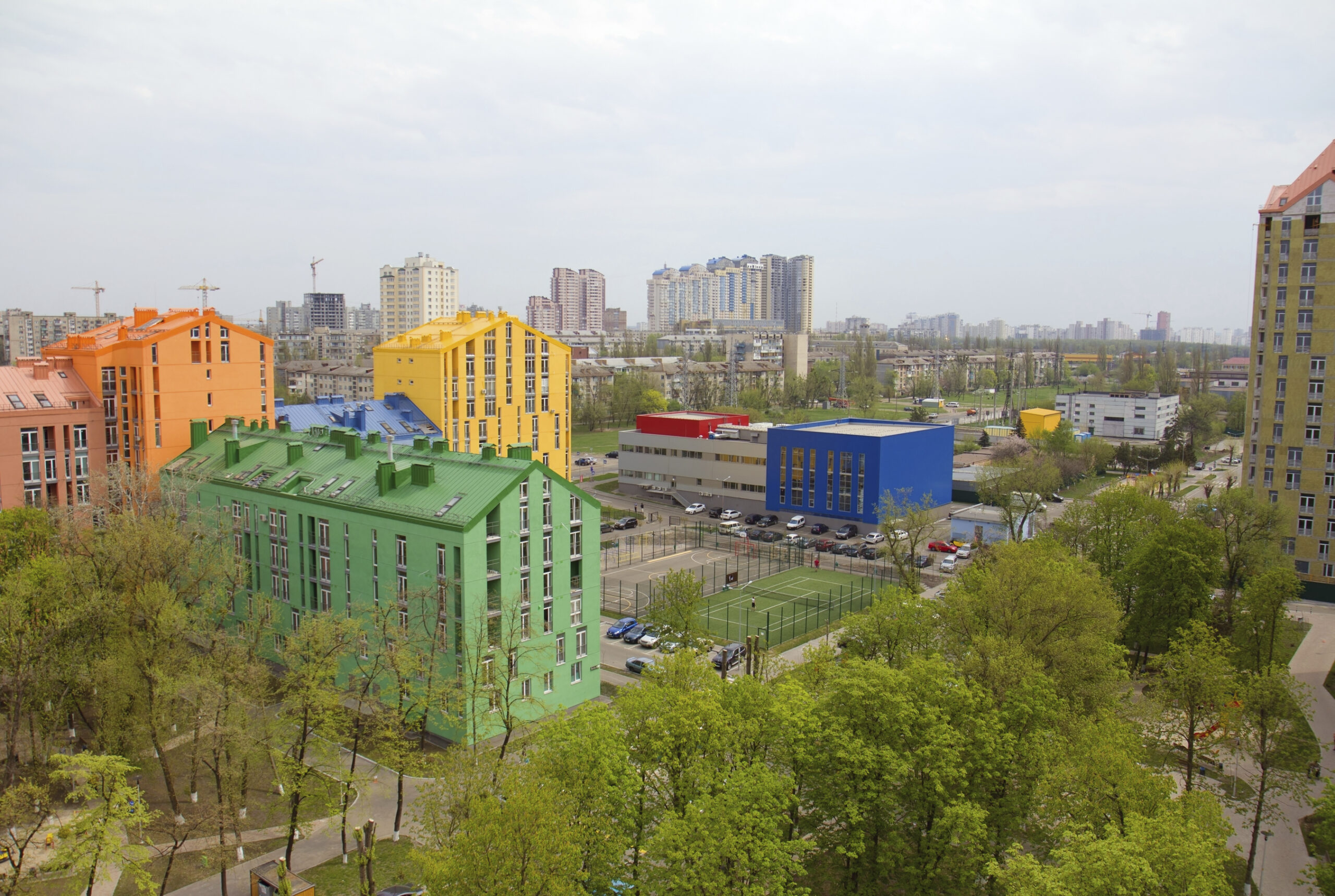Residential Infill Development
Legislative Policymaking
County residents expressed increasing concern about the growing number of “McMansions” (oversized homes) being built in their urban neighborhoods. A county legislator initiated a collaborative process to better understand the issues and build consensus among the different groups. The parties in this process included representatives from the building industry, neighborhood and homeowners’ associations, the county realtors’ association, and county, subdivision, building code, and housing offices.
Issues and Goals
Developers were building an increasing number of towering McMansions in established urban residential neighborhoods next to smaller older homes. Homeowners’ groups feared this trend would negatively impact local property values. They also sought to preserve established architectural design and aesthetic standards in their neighborhoods. The local building industry saw a growing demand for large houses and felt that outdated development regulations restricted its ability to meet this demand.
The issues in this dispute centered around the parties’ conflicting values about the following:
- Meeting market demand for increased housing density;
- Infill development (also called “smart growth”) policy encouraging development of under-used or vacant land
- parcels within existing urban neighborhoods;
- Protecting the character of established neighborhoods; and
- The potential environmental impacts of intensified residential use in an already densely populated area. These potential impacts included increased stormwater management, drainage, traffic, and the loss of established tree canopies in older neighborhoods.
The goal was to help the parties attempt to reach consensus on these policy issues.
Processes
An at-large county councilperson requested a consensus-seeking process. The goal was to explore possible changes to the county’s development regulations that reflected industry and neighborhood concerns. Working as the lead facilitator for a local conflict resolution center, my co-facilitator and I worked with the councilperson and his staff to facilitate this issue. The processes we used included consensus building, policy dialogue, and work sessions with stakeholders.
We worked with the local planning agency to design field trips and develop questionnaires to define the problem and generate options. Next came factual presentations using CAD programs and photographic examples to illustrate various development options (density, height limitation, slope, etc.). Elected officials and department heads also spoke about land use policy and strategy.
After these field trips, questionnaires, presentations, and policy briefings, we facilitated the circulation of draft amendments to the development regulations. These were discussed in large and small groups of representatives from each perspective. The groups periodically came back together to narrow differences and identify commonalities.
Based on consensus among the stakeholder groups, we sent the draft bills forward to the chair of the county council. Along with representatives of the whole group, we presented testimony to the county council explaining the provisions and the reasoning. The council voted to adopt the draft bills with minor changes and thanked us on the record for our role in facilitating this process.
Outcomes
This facilitation resulted in the following positive outcomes:
- We developed draft amendments to the subdivision law, building code, and zoning law that reflected input from working groups made up of representatives from each perspective. As a result, we found consensus on most of these draft bills.
- We drafted and circulated a common summary report of the processes.
- We created an operating charter enabling the local planning agency to work with the steering committee formed for this process.
- We supplemented traditional processes to allow more public participation in the urban planning and policy-making process.
- Government officials gained clarity about how to analyze subdivision plans and building permit issues, and what was permitted in the tight urban zones found in these neighborhoods. Because they were pleased with this result, they passed legislation updating the previous building code, subdivision, and zoning laws.
- The parties avoided costly and time-consuming litigation.
- Despite having to meet new legal requirements, the developers were satisfied with gaining a better understanding of the law and retaining some ability to build infill developments within the community.
- The neighborhood associations got more comfort and clarity about what was permitted and restricted. They felt their property values were protected and that they could reduce environmental impacts and keep their older neighborhoods green.
